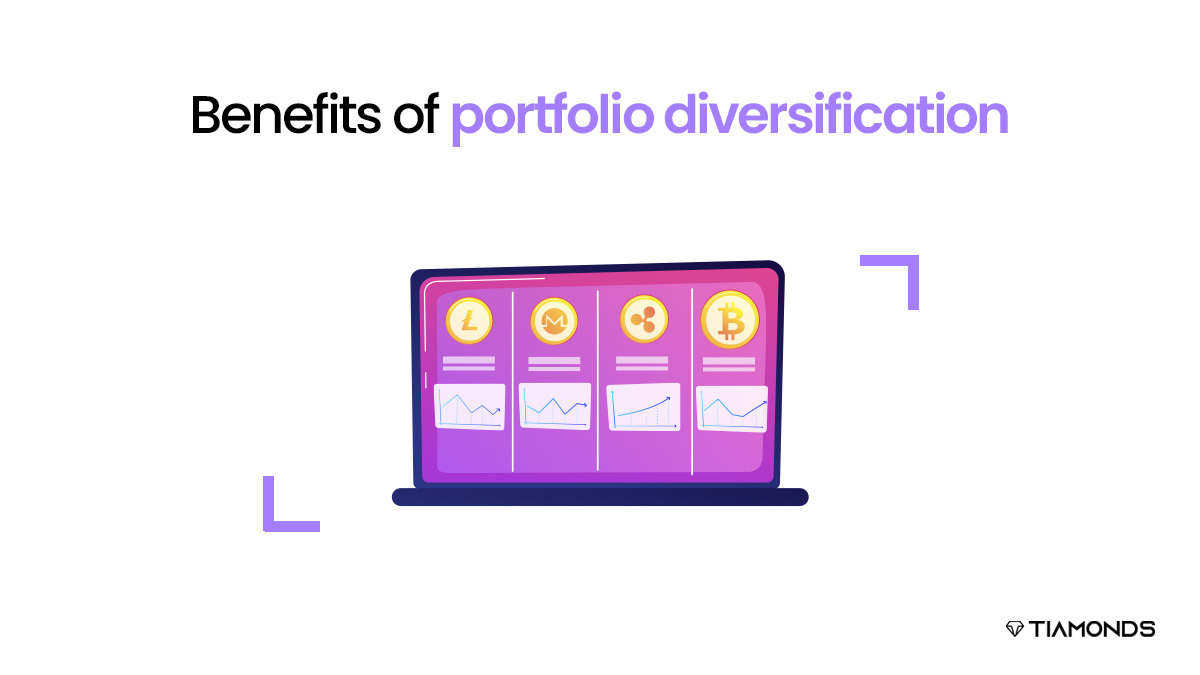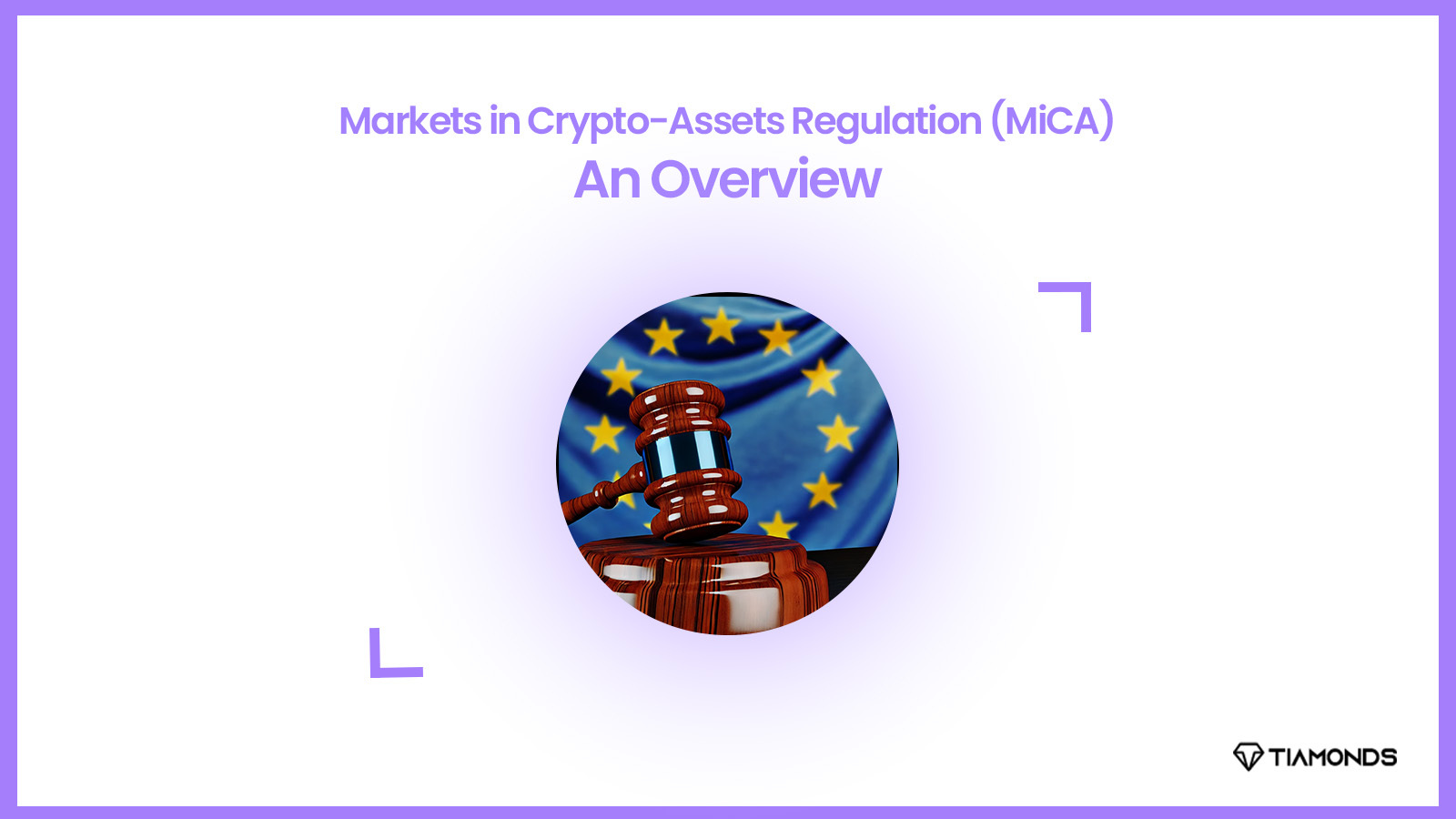Portfolio diversification is an essential element of effective investing. By diversifying your investment portfolio across multiple asset classes, you can increase long-term returns and reduce the risk of substantial losses. Substantial analysis and historical economic performance data thoroughly document and substantiate this approach.
Achieving investment success requires one to develop the ability to reconcile one’s risk tolerance with their time horizon. A prematurely conservative investment approach towards one’s retirement pension fund entails two potential risks: (1) the inability of the investment growth rate to match inflationary pressures; and (2) the inability of the investments to accumulate to a sufficient quantity to support one’s retirement expenses. On the contrary, excessively aggressive investment during old age may expose one’s savings to market volatility, thereby potentially diminishing the worth of assets at an age when the ability to recover losses becomes less feasible.
The Framework Portfolio Diversification
Diversification comprises the allocation of investments across a multitude of kinds of assets, sectors, and regions. The straightforward premise of diversification is that distinct investments will fluctuate in response to varying market conditions. Investors can reduce the potential risks associated with placing all of their capital in one basket through diversification.
Research indicates that affluent households frequently attain a satisfactory degree of diversification through direct investments in a wide array of assets. Adopting such a strategy may result in increased returns and decreased volatility, both of which are favorable conditions for investors.
A well-diversified portfolio of randomly selected securities, according to another study, should contain between 30 and 40 stocks, based on whether the investor is lending or borrowing.
What is the Objective of Portfolio Diversification?
Portfolio diversification is the strategic allocation of investments across various asset classes with the objective of mitigating risk and optimizing returns. Additionally, portfolio diversification reduces the likelihood of adversely affecting investments by market fluctuations, which can result in improved long-term returns.
1. Minimize Total Risk
One of the fundamental rationales for portfolio diversification is to mitigate overall risk. Diversifying investments across various kinds of assets and financial instruments substantially reduces the likelihood of suffering substantial losses from a single investment. This is due to the fact that asset performance tends to fluctuate across various market conditions. In instances where a particular asset class as well as an investment exhibits subpar performance, alternative investments may outperform it, thereby compensating for the setbacks and ensuring a steady stream of returns.
2. Reduces the Adverse Effects of Underperforming Assets
The process of portfolio diversification serves to decrease dependence on a single investment, thus mitigating the potential adverse effects of underperforming assets on overall returns. Market fluctuations affect every investment; therefore, even the most thoroughly researched and auspicious investments may occasionally fail to meet expectations.
3. Offers Potential for Increased Returns
By engaging in diversification, investors gain access to a multitude of investment opportunities spanning various asset classes, industries, and regions, thereby increasing the likelihood of achieving superior overall returns. Due to the fact that the performance of individual investments is contingent on a multitude of factors, diversification increases the probability of possessing assets that exhibit favorable performance across diverse market conditions.
Asset Distribution and Risk Management Basics
By comprehending and implementing the tenets of risk management and asset allocation, investors can construct a diversified portfolio that corresponds to their goals and tolerance for risk.
1. Financial Objectives
When considering your asset allocation, we give significant weight to your investment objectives. Diverse financial objectives—such as securing funds for education, purchasing a home, or preserving for retirement—might necessitate distinct asset allocations and investment strategies.
2. Risk Tolerance
The capacity and inclination of an individual to manage variations in the value of their investments constitute their risk tolerance. A greater proportion of funds could be allocated to bonds, which are generally regarded as less volatile than equities by investors who are more risk-averse. A risk-tolerant investor, on the other hand, might favor greater exposure to stocks, which bear greater risk but also present greater potential returns.
3. Investment Perspective
The time horizon of one’s investment objectives also impacts asset allocation. Given their extended time horizons, investors are able to allocate a greater proportion of their investment portfolio to stocks and assume greater risk, given the additional time they have to recuperate from prospective market downturns. Conversely, investors who have limited time for investment may place a greater emphasis on safeguarding capital and choose a more conservative portfolio composition that includes a greater proportion of cash equivalents and bonds.
Diverse Investment Alternatives
Investors face a multitude of investment alternatives when they attempt to widen the scope of their portfolios. Among the most prevalent asset classes are the following:
Stocks
Stocks serve as representations of ownership stakes in a corporation. Purchasing a share of a company’s stock grants one the right to a hold on the organization’s earnings and assets. In general, stock classifications consist of common or preferred ownership. Common shareholders have the right to vote and can participate in the decision-making process of the company, while preferred shareholders typically receive fixed dividends but do not have voting privileges.
Stocks may provide substantial returns due to the appreciation in value that occurs in tandem with the expansion and prosperity of the underlying company. Nevertheless, in comparison to other asset classes, their value is more susceptible to market movements and the broader economic climate, rendering them more volatile. Consequently, stock investing can be hazardous, particularly for individuals who have a low tolerance for risk.
Bonds
Bonds are investments with a fixed income that yield principal and interest on a periodic basis until maturity. In essence, they are loans from investors to governments or corporations that issue bonds as a means to generate capital. A multitude of bond categories exist, comprising corporate, government, and municipal bonds, among others.
Mutual Funds
Mutual funds pool the capital of multiple investors to purchase a diversified portfolio of equities, bonds, and other assets. Professional fund administrators are responsible for their management and make decisions regarding investments on the investors’ behalf. The fundamental assets in which mutual funds invest classify them into numerous categories, including equity funds, debt funds, and mixed funds.
ETFs—Exchange-Traded Funds
Investment funds known as Exchange-Traded Funds (ETFs) function similarly to equities when traded on a stock exchange. Typically, following an underlying index or asset, they offer relatively inexpensive broad diversification benefits. In addition to real estate, ETFs may invest in equities, bonds, commodities, and other asset classes.
ETFs enable investors to acquire exposure to a diverse portfolio of securities in just one transaction, thereby potentially streamlining portfolio management and minimizing transaction expenses. Furthermore, ETFs typically have lower expense ratios compared to actively managed mutual fund investments due to their passive management.
Real-Estate
An additional well-liked financial option that can assist investors in diversifying their portfolios is real estate. It encompasses direct or indirect investments in residential, business, or industrial properties via real estate investment trusts (REITs). Real estate investments offer the potential for increased value over time and a consistent income through rental income.
Gold and additional metals
Gold and other commodities, such as crude oil, agricultural products, and silver, can be effective portfolio diversifiers. Historically, investors have regarded gold as a safe-haven asset because it safeguards against inflation and economic volatility.
Investment in Tokenized Diamonds
Tokenization also allows for the safe and efficient transfer of value on a worldwide scale. Due to its immutability and decentralized nature, blockchain technology can be trusted to record and verify transactions accurately and transparently.
Tiamonds an asset-backed NFT, is one such example of tokenization. The Tiamonds project includes two key elements: Tokenized Diamonds called Tiamonds and a deflationary cryptocurrency called TIA Token.
Add one of this digital beauty to your portfolio at: tiamonds.com/market
Selecting Effective Investments for the Portfolio
Initially, the task of identifying suitable investments that correspond to one’s specific requirements may appear intimidating. This is much like the decision between brick and wood for an ideal home. Fortunately, there are investment experts at one’s disposal, including financial advisors, who can offer guidance on these matters by utilizing their expertise regarding the performance of distinct asset classes in diverse market environments.
Maintaining a careful equilibrium between income-generating bonds and growth-oriented assets (e.g., equities) can serve as a viable safeguard against unpredictable market conditions, all the while working towards the fulfillment of long-term financial objectives. In addition, individual investors can further customize this equilibrium to closely align with their preferences by incorporating personal characteristics such as risk tolerance and time horizons.
Diversification entails more than simply allocating funds across numerous investments; it entails the deliberate selection of diverse assets that exhibit distinct responses to comparable conditions. This is analogous to fortifying a fictitious residence with insulation against frigid winters and air conditioning against scorching summers.
To Conclude
Successful investing requires building assets with a portfolio diversification strategy that is tailored to an individual’s financial objectives, risk tolerance, and time horizon. Developing a money-management strategy that accommodates an individual’s distinct financial objectives, tolerance for risk, and time horizon is the focus. Although it does not completely eradicate risk, it can undeniably enhance its management.




